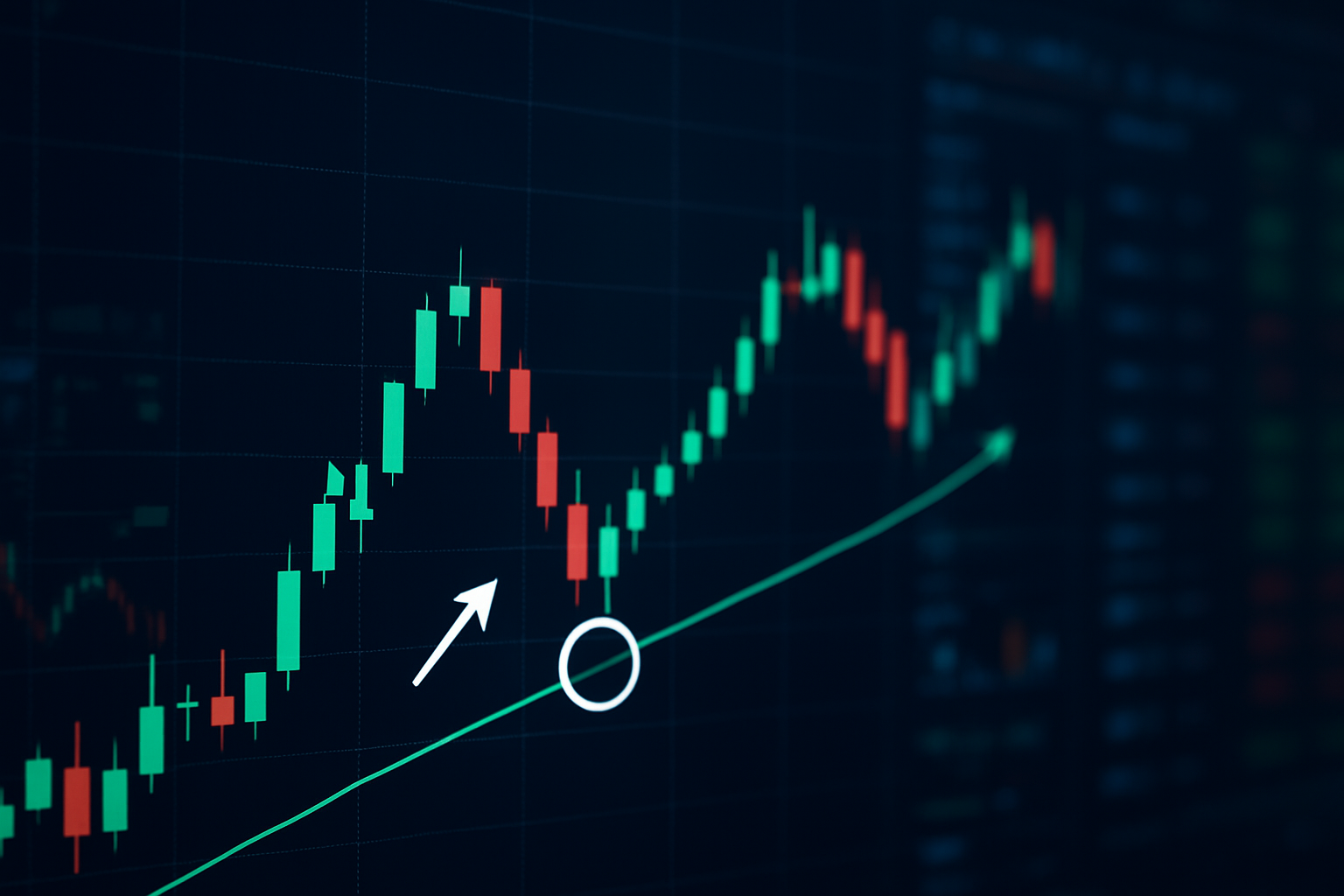Best Forex Trading Strategies for Beginners
When I first started trading Forex, I had no idea where to begin. There was so much information online, so many “strategies” and charts, and honestly, most of it was overwhelming. There were a lot of strategies, every youtuber was selling something better than the other but over time, I learned that the key wasn’t trying to master everything at once. It was about finding a few strategies that actually work, understanding why they work, and sticking with them.
Here are some strategies I use and recommend to anyone starting out.
I remember spending hours staring at charts, trying to figure out why price kept bouncing around certain levels. That’s when I realized support and resistance is the simplest thing that really matters. Support is where buyers step in and push the price up, resistance is where sellers come in. Once I started paying attention to these zones, my trades suddenly made more sense. You don’t need fancy indicators for this — just watch how the price reacts. Just by looking at the price action and by figuring out the price action, we can find an opportunity to by participating in major price movement.
Support and Resistance
I remember spending hours staring at charts, trying to figure out why price kept bouncing around certain levels. That’s when I realized support and resistance is the simplest thing that really matters. Support is where buyers step in and push the price up, resistance is where sellers come in. Once I started paying attention to these zones, my trades suddenly made more sense. You don’t need fancy indicators for this — just watch how the price reacts. Just by looking at the price action and by figuring out the price action, we can find an opportunity to by participating in major price movement.
Table of Contents
ICT ( Inner Circle Trading ) Concepts
ICT, or Inner Circle Trader strategies, sounded complicated at first. But the essence is simple: understand how the big players move, where liquidity is, and where price is likely to turn. I started by just looking at old highs and lows, spotting where price often reverses. This happens because market tends to liquidate the highs or lows by taking out the open positions. By observing this over time, I learned to recognize order blocks and optimal entry points. It’s a patience game, but it teaches you to trade with the market instead of fighting it.
Negative Risk-Reward
Most people tell you to only take trades with a 1:2 or better risk-reward ratio. I found that sometimes it’s okay to take trades with smaller rewards as long as the setup is strong. For these setups, you need to have a very high accuracy and win rate percentage. The negative risk-reward approach helped me stay in the game without overthinking. It’s all about picking high-probability zones — like strong support or resistance — and letting the market do the work.
Smart Money Concepts (SMC)
When I first heard about “smart money,” I thought it was some secret thing only institutions could use. Honestly, I ignored it for months. Then one day, after losing a couple of trades, I started noticing something: the market sometimes seemed to “hunt stops” before moving in a clear direction.
I realized big players were basically shaking out weak hands. That’s when I started paying attention to market structure — simple things like noticing higher highs, lower lows, and where the price tends to reverse. I don’t care about every candle; I just watch how the market reacts at key levels. Once I understood that, a lot of my random losses turned into setups that actually made sense.
SMC isn’t some magic formula. It’s just looking at the market differently, noticing patterns that repeat, and learning not to fight the flow. Beginners don’t need to overcomplicate it — start small, watch, and take notes.
Indicators
I used to think more indicators meant better trading. That was a mistake. Now I only use a couple — moving averages for trends, RSI to see if a currency is overbought or oversold, maybe MACD for momentum. The key is understanding them and not cluttering your charts. Too many lines and colors just confuse you. Now I use indicators only for my technical confirmations about the momentum of the market or order-flow.
Confluence
When I put these together, it’s simple: look at support and resistance, check the market structure, wait for prices to arrive at our point of interest zones and then look for entries with ICT or a simple indicator for our confirmation, and manage your risk. I try not to overtrade, I keep my setups small, and I make sure I’m not chasing every market move. We just have to take benefit of the trends and cash in a small portion of that overall trend and that is the way to maintain consistency and profitability in the long term.
Let me tell you one which I have learnt the hard way and that is trading isn’t about fancy systems or “secret formulas.” It’s about understanding the market, managing your emotions, and sticking to what works. For beginners, focusing on these strategies has saved me a lot of stress — and honestly, it’s helped me actually make money without feeling like I’m gambling.
